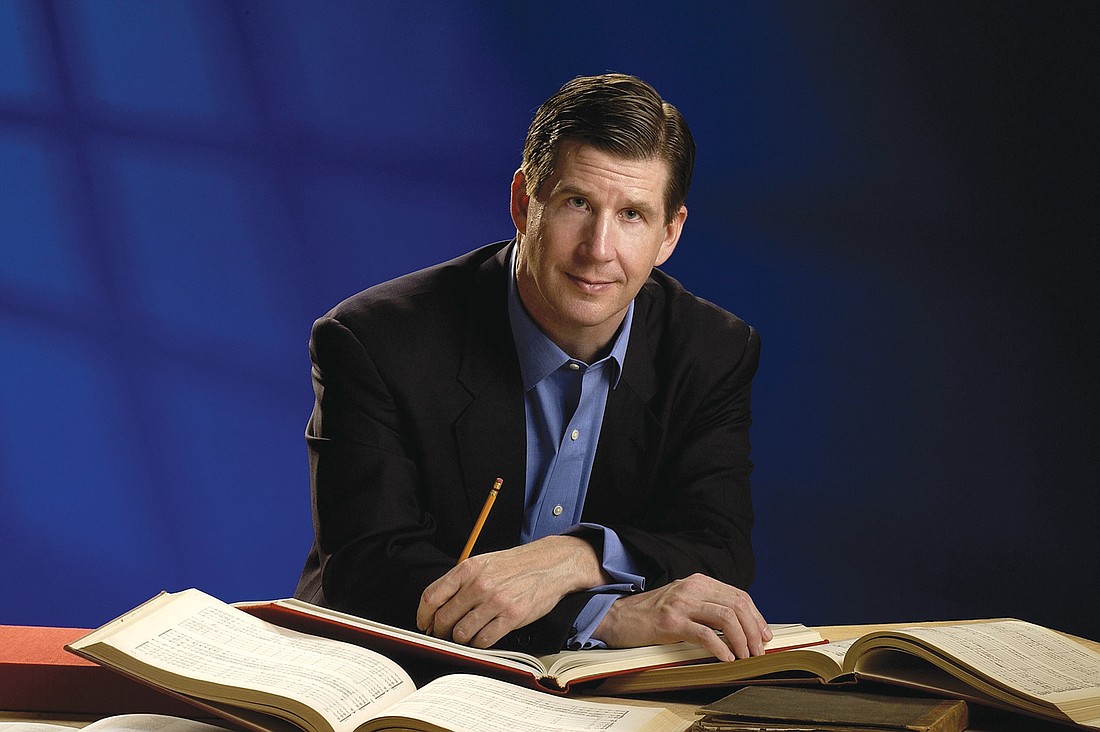- April 19, 2024
-
-
Loading

Loading

Watching and listening to the Sarasota Orchestra this past weekend in its Masterworks concert of music by Hindemith and Brahms under the direction of Leif Bjaland, we couldn’t help thinking, “Ah, Daddy’s home.” This is one of the last concerts Bjaland will be conducting with the orchestra after 15 years at its helm, so there was a certain poignancy to the performance we heard Sunday. But, as it should be, the music was put before the sentiment.
Bjaland’s reading of the Germanic program was more like a chamber concert than a full-blown orchestral experience. Hindemith’s Symphony, “Mathis der Maler” (Mathis the Painter), is a programmatic piece that was banned in Nazi Germany and got its composer on a list of “degenerate” musicians along with Mendelssohn, Stravinsky and Louis Armstrong.
The work, which depicts a trio of panels from a magnificent alter piece in Alsace, France, by Mathis Gothart, is an instrumentally colorful and rich work that put the spotlight on the orchestra-as-soloist. And the members of the Sarasota Orchestra, from the sonorous strings and brilliant horns to the shimmering winds, came through like superstars.
Betsy Hudson Traba’s flute solo in the opening of the second movement, the shimmering violins in the third and the final brass chorale showed us the kind of playing that takes excellent individual musicians and turns them into a cohesive ensemble.
Bjaland is particularly good at programming works that, at first glance, seem unconnected. But, hearing a snippet of an unassuming ascending scale in the first movement of the Hindemith reminded me why Bjaland paired this piece with the Brahms Fourth Symphony, which has a similar ascending scale as the main theme of its fourth movement. It’s fascinating little clues like this that turn a paper program into a concert — and Bjaland knows how to do that.
He also knows how to bring out the best in his players. In his hands, the Brahms, an old and beloved friend, became a new piece. Rather than giving it the stolid, vertical, Germanic reading we’re used to hearing, this performance had a chamber-like clarity that concentrated on the contrapuntal, linear lines, making this symphony both stately and pastoral. The emphasis was on transparency, which made it a memorable reading.